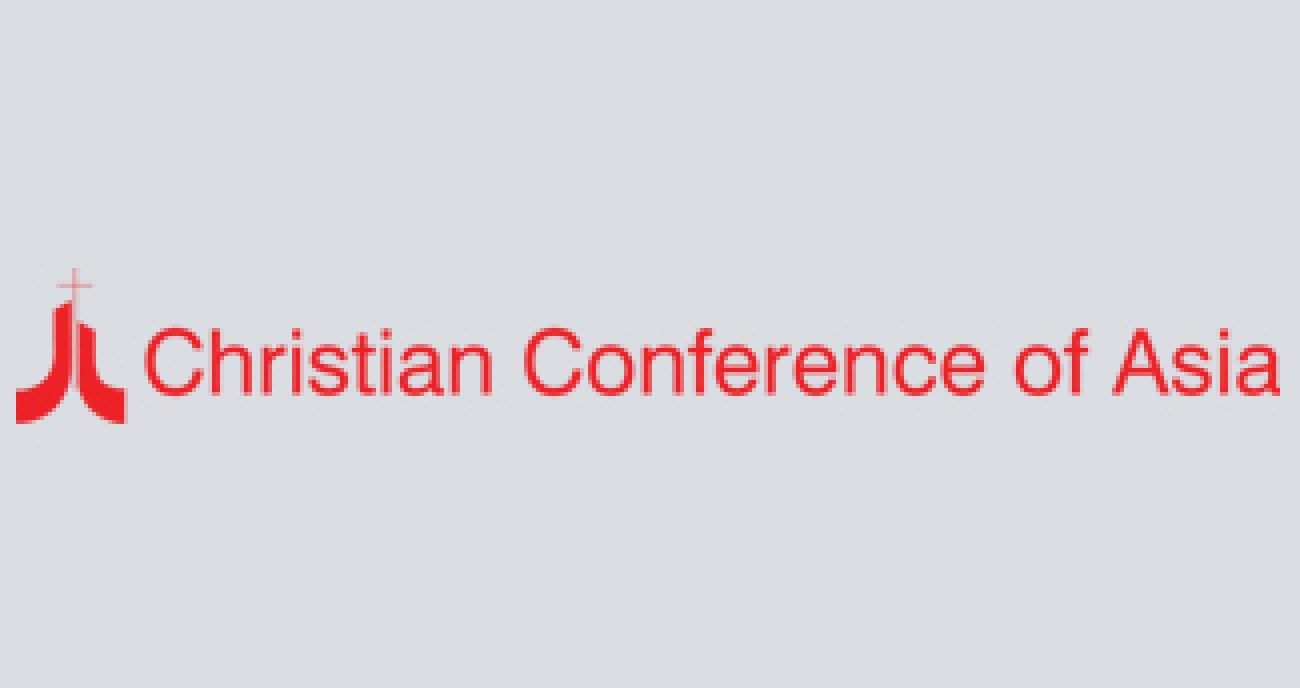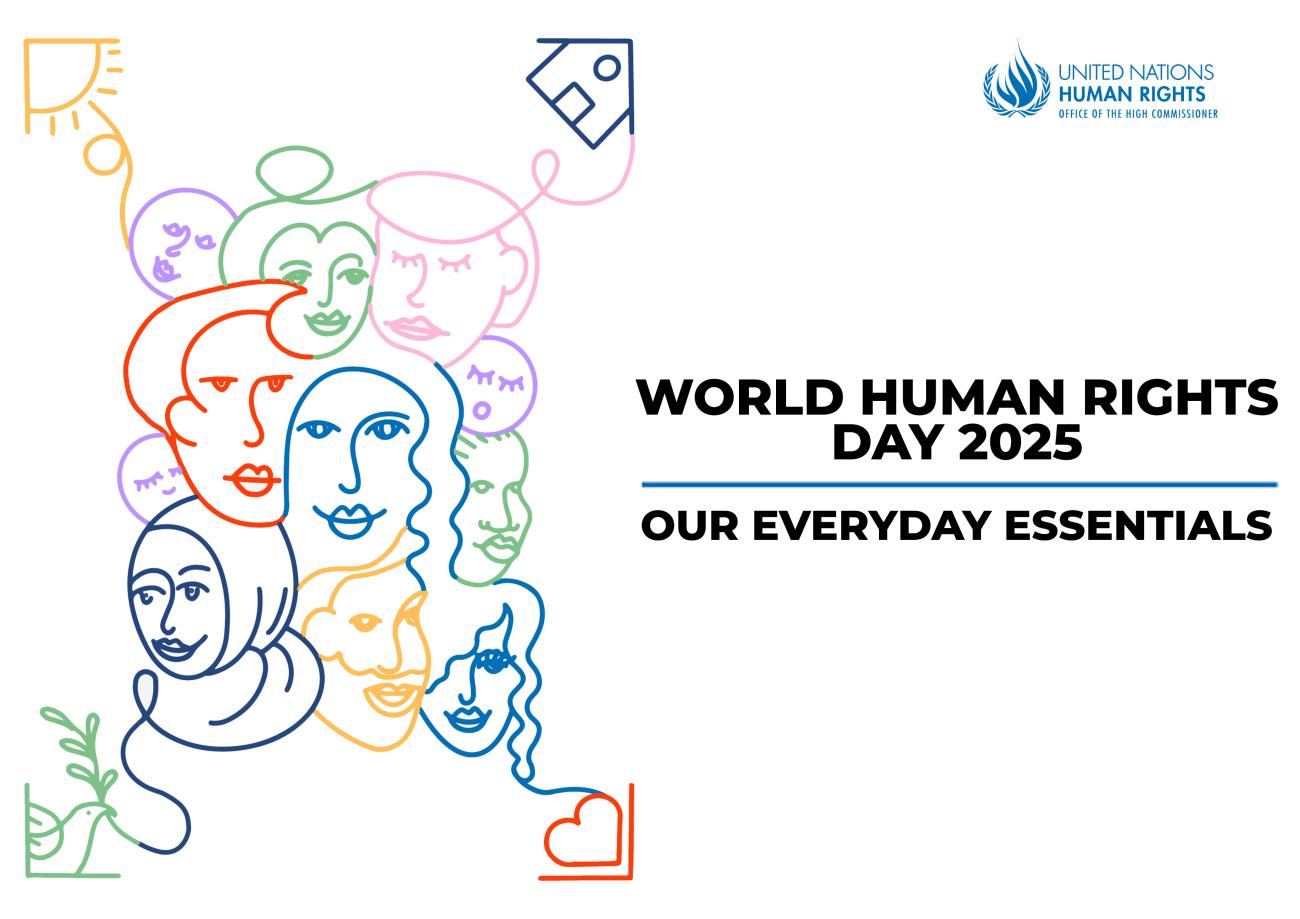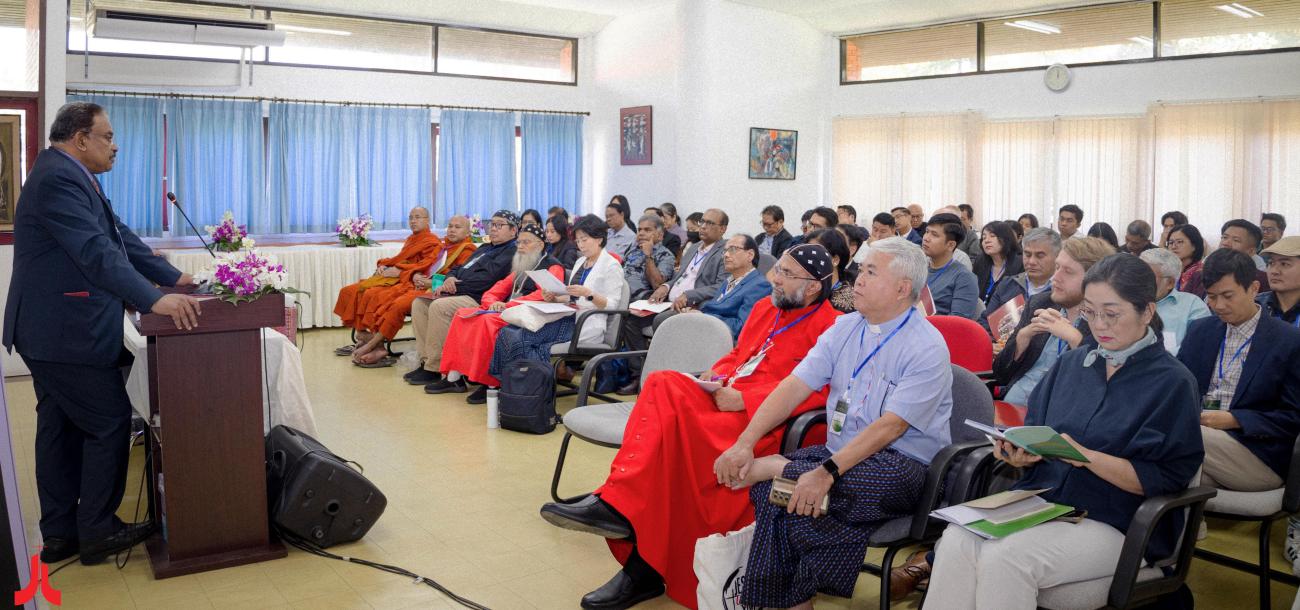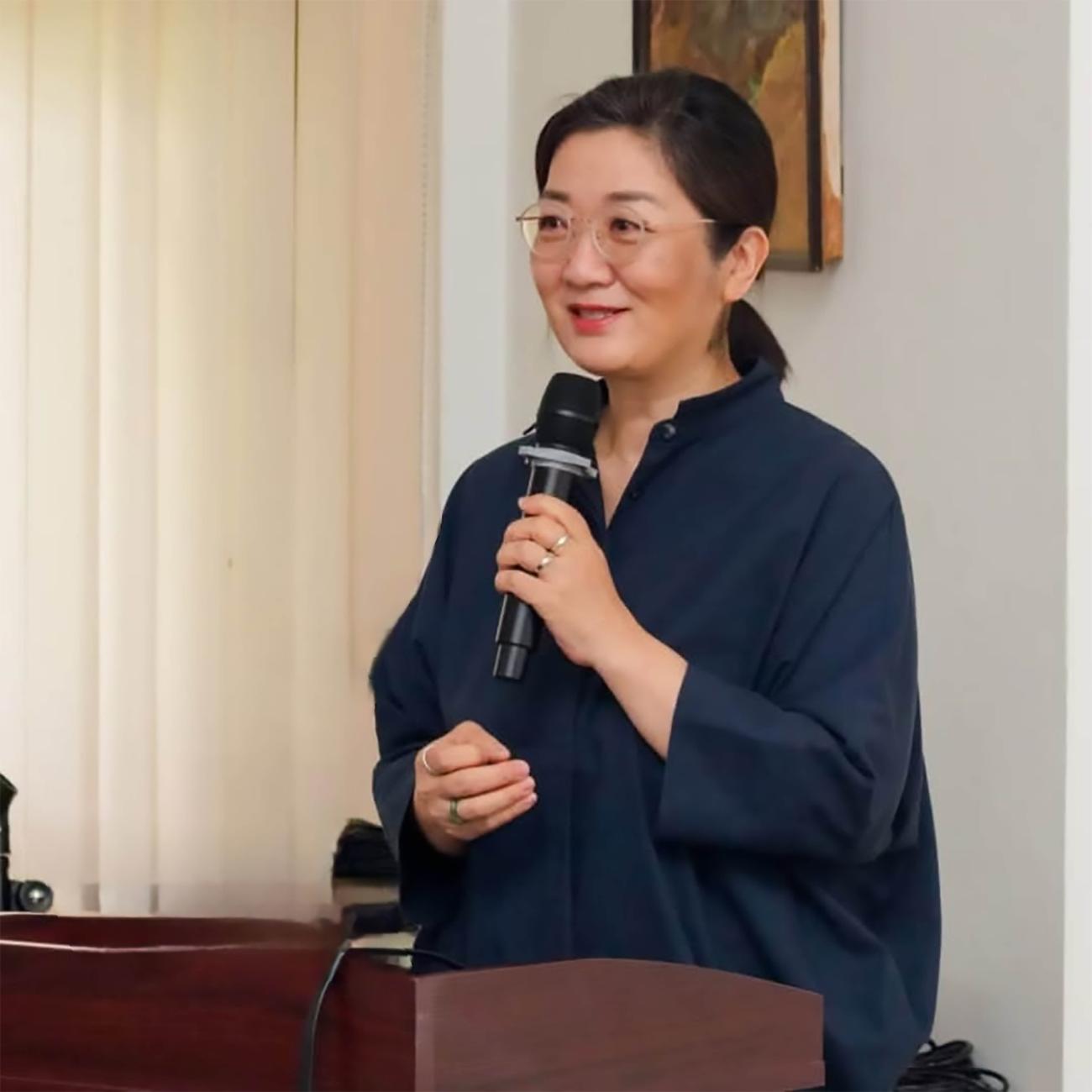[Update] Statement of Commitment "Reclaiming Rights of Children Affected and Living w/ HIV&AIDS in Asia"

Statement of Commitment
"Reclaiming Rights of Children Affected and
Living with HIV and AIDS in Asia"
We, the members of interfaith community are challenged by the past interfaith activity organized by the Asian Interfaith Network (AINA) in Colombo, Sri Lanka in August 2007 to "Keep the Promise" in responding to the Human Immunodeficiency Virus and Acquired Immune Deficiency Syndrome (HIV and AIDS). AINA is now grappling with the increasing incidence of HIV and AIDS in children and the projected increase in the number of orphans and vulnerable children (OVC) similar to what has happened in Sub-Saharan African two decades ago.
Addressing the issue of the growing numbers of children affected and living with HIV/AIDS, we, the faith leaders and other members from Faith-Based Organizations (FBOs) representing ten countries of Asia (Thailand, Myanmar, Cambodia, India, Pakistan, Nepal, Indonesia, Philippines, Hong Kong, and Korea), met at the International Hotel YMCA in Chiang Mai, Thailand from July 2-5, 2008 .The theme of the conference was "Reclaiming Rights of Children Affected and Living with HIV and AIDS."
Situation of Children Affected and Living with HIV/AIDS
Parent-to-child transmission is the most common form of spread of HIV/AIDS in Asia. As of 2007, only 64,000 Asian children who are living with HIV and AIDS received antiretroviral treatment (ART) (UNICEF, 2008). Services reach only a very low percentage of children and families in need. On average, only one in five children receive ART and even in countries where provision for treatment is 100 percent, many children living and affected by HIV and AIDS are deprived treatment because not everyone is discloses their HIV status for reasons of stigma and discrimination. Disclosure of HIV status is traumatic for children. The presentation of HIV in children is different from adults. Children living with HIV aged two to three years of age repeatedly fall sick and if not treated they are unable to survive beyond early childhood. The progression of AIDS syndrome is faster in children. If treated with ART, children can live longer.
For children whose parents are sick and dying, or who are already orphaned, the lack of adequate support, care and protection continues to expose them to the dangers of exploitation, abuse, and poverty. An orphan is a child below 18 who has lost one or both parents and a child made vulnerable by HIV and AIDS is below the age of 18 (UNICEF, 2008). There are insufficient programs related to effect risk reduction and behavior change among adolescents and young people who are most at risk. There are increasing numbers of child-headed households and an alarming increase of the numbers of street children in the last decade.
The overall prevalence of children living with HIV and AIDS is comparatively low in the Asian region but the conditions exist for a rapid increase of the infection. The facilitating factors in spreading of HIV and AIDS are the lack of a supportive and conducive environment for the growth and development of children, lack of access to compassionate care and treatment, and lack of protection of the rights of the child as in accordance with the Convention of the Rights of the Child (UN General Assembly resolution 44/25 of 20 November 1989).
Concerns have been raised on the number of children born with HIV who are reaching the pubescent period and are not disclosing their status because of stigma. However, they are engaging in sex without protection and growing up without any sex education. They are left in the care of grandparents who are also unable to give education in reproductive health. We take for granted that children are being cared for but their opportunities for development are not up to standard. There are many pressures children are facing as they are growing up. We as religious leaders have to be in constant touch with children and their families in their communities. In some countries in Asia, leaders have passed rules against the conduct of sex education in schools. The resulting stress in these children is enormous and many have no other option than to live on the streets.
We recognize that many of FBOs are working with children and are conducting interventions to raise the awareness of FBOs and the community in HIV and AIDS and to motivate and support our communities to take action. But our work is not enough.
We confess as faith-based organizations that we have contributed to the rise in the incidence of HIV and AIDS through our judgmental attitudes that have fueled stigma and discrimination of people living with HIV and AIDS. We have religious leaders who are not open to help people living with HIV/AIDS. Yet, our sacred writings are a source of inspiration to restore human dignity and to reclaim the rights of children affected and living with HIV and AIDS.
Our Commitment as Faith-Based Communities
- We reaffirm our commitment to work with more vigor to strengthen the presence of children at the center of our faith-based initiatives and to address the increasing number of people living and/or affected by HIV and AIDS. We ask the world community to recognize the work already done by FBOs and give them visibility and a platform to share their contributions in International AIDS Conferences and other global, regional, national and local bodies. We commit to join the global initiatives to raise the awareness on HIV and AIDS in our communities and to unite for all children. We commit to unite on AIDS program priorities with strategies to prevent parent-to-child transmission, provide pediatric treatment, prevent infection among adolescents and young people and protect and support children affected by HIV and AIDS. With effective interventions and involvement of FBOs together with high level political cooperation and leadership of our governments, Asia can cut the occurrence of new infections by one-third by 2010 (UNICEF, 2008).
- We reaffirm our commitment to lobby and advocate for the implementation of the Convention of the Rights of the Child (UN General Assembly Resolution 44/25, 20 November 1989)) by our governments and to form "Children's Watch" to monitor the actual practices. We commit to directly engage our faith communities in initiatives that will protect children's rights and provide for their best interest for growth and development. We strive for the restoration of human dignity in our own educational institutions, hospitals, clinics, hospices, orphanages, foster homes, day care programs, and community care centers.
- We reaffirm our commitment to offer our sacred spaces - temples, churches, chapels, mosques dedicated for prayers, spiritual meditation, and moral support - for use as safe spaces for people living with HIV and AIDS .These are places where HIV and AIDS information should be incorporated in appropriate ways into the worship, rituals, festivals, religious education and training of leaders. FBOs conduct and participate in research and have tremendous social assets such as hospitals, hospices, clinics, orphanages, educational institutions, day care programs and community based programs. FBOs possess various competencies that can engage our religious leaders, build partnerships, and mobilize communities for the protection, care and support of children living and affected with HIV and AIDS, orphans, and other vulnerable children.
- We reaffirm our commitment to provide a platform or forum for the engagement of faith leaders and members to promote greater awareness on HIV and AIDS. Development of non-judgmental ethical and moral teachings, protection of children's rights and giving children a voice to express their views and involve them in decision-making are an integral part of the process. This facilitates the formulation of HIV and AIDS policies in various faith-based institutions. We give spiritual support and blessings for those who are dying and have died of AIDS-related illnesses.
- We reaffirm our commitment as FBOs to share and exchange resources on capacity building programs and conduct joint researches. We work together in unison with the network of people living with HIV and AIDS, other faith communities, other stakeholders like the government, non-governmental organizations, the media, and the civil society involved in HIV and AIDS








